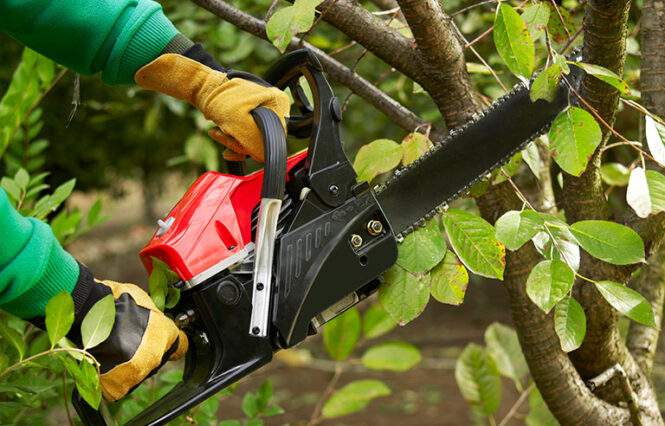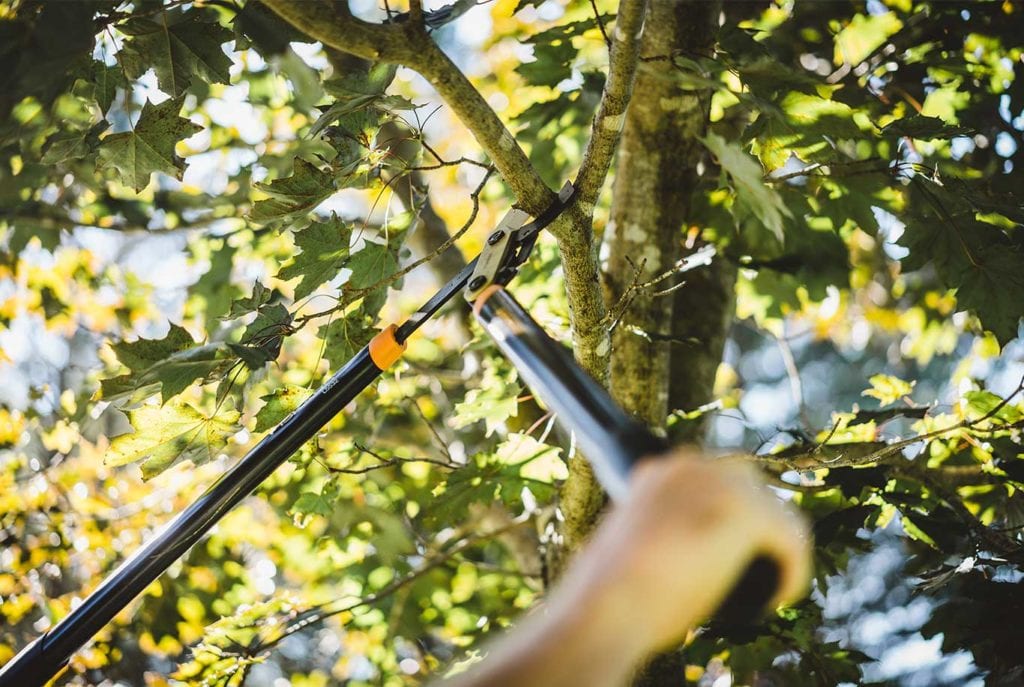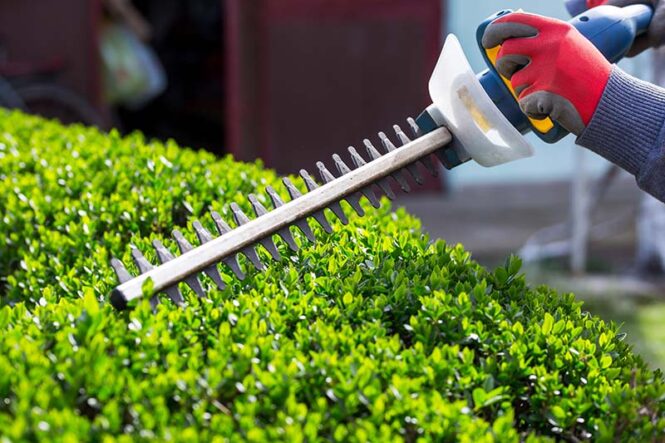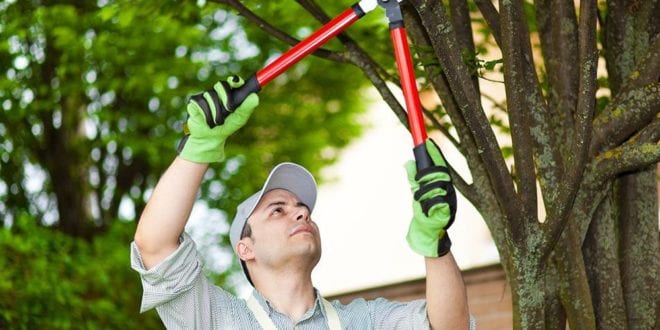If you’re looking to maintain your garden, and your trees, in particular, a little better, understanding the basics of trimming them is important. To help you understand this issue better, we’re going to cover everything from the reasons why you should trim to when to do it and how to do it properly. So, read on now to find out all you need to know.
Why Should You Trim Your Trees?

First of all, you probably want to know why you should trim your trees. It’s a reasonable question and it’s one that’s not all that difficult to answer. According to integritytreepros.com, there are many reasons why tree limbs should be trimmed over the tree’s lifespan. The main purpose of trimming is to remove any parts of the branches that are dead, dying or carrying the disease. This allows them to then carry on growing in a healthier way.
By removing some of the branches and essentially opening up the canopy, it can also allow more air and light to get through to the tree and increase the foliage and ultimately cut the future risk of disease. This is achieved through trimming and it’s a technique that’s proven to work.
Another reason to trim is safety. If your tree is close to your home or the outdoor space where you and your family spend time, it makes sense to remove dead branches and things of that kind. If you don’t trim them and remove them yourself, you run the risk of them simply falling off and causing damage or even injury.
Pruning and trimming can also be done for purely aesthetic reasons. When you trim, part of the aim is always to encourage better-looking, whether that’s through the shaping of the tree or encouraging the kind of growth that will eventually result in more aesthetically pleasing trees.
When’s the Right Time to Do It?

According to treeserviceremoval.com there’s never a wrong time or a bad time to start removing parts of the tree that are damaged or diseased. If you notice part of the structure that needs to be removed for whatever reason, you can go about removing it no matter what time of year it is. There are some factors to take into account and trees do benefit more from being trimmed at certain times of the year.
For example, many examples will benefit most if they’re trimmed in the winter, especially towards the end of the winter season. This is because this is during a time when the trees are experiencing dormancy and that means that new growth will be encouraged when the seasons turn and the weather starts to warm at the end of winter after the trimming has taken place.
You can start to plan out what you’re going to do with your trees and how you’re going to go about pruning them in the fall and then actually begin the trimming in mid to late winter. And when you’re trimming, don’t be alarmed if they start to bleed sap because this is a pretty normal occurrence when trimming during the winter months. It’s not a sign that there’s anything wrong with the tree and the sap isn’t harmful.
Although it might sound counterintuitive to some, summer is not a good time to be trimming. Unless you’re looking to slow down the development and growth of the tree for whatever reason, summer trimming is usually best avoided.
How Should You Trim?

Trimming is something that you might not have done before, but we’re going to provide you with the information you need in order to get this right. First of all, when you’re looking to trim branches, you should cut them at a 45-degree angle in order to encourage growth, prevent damage by rainwater and disease. The way you cut and where you place the cut will obviously dictate the direction of future growth too, so keep that in mind.
When removing larger branches, you should look to start the cut about 18 inches up the underside of the branch you want to trim. Cut about halfway through it and then start cutting in the same place on the top side of the branch and cut until it breaks. You can then remove the remaining part of the branch by finding the collar where the tree swells a little and the bark gets rougher. You can remove this with a saw at a 45-degree angle again.
The stub that’s left should stick out from the base of the tree with its flat edge parallel to the main trunk of the tree. This will prevent water damage and the callus will form more quickly, which is what you’ll be looking for when making this kind of cut. Once you’ve done that, the process of trimming the branch will be complete and you can leave it and let the natural process carry on without any further input from you.
If you have a very large or old tree and you’re not sure how to approach it or you don’t know how to do it correctly, you can always ask an arborist or other professional to take care of the task for you. Safety is important and if you don’t have the right tools or the ability to do the job safely, it’s a good idea to leave the job to professionals who know what they’re doing and can carry out the job in a completely safe way.
Now that you know all the basics of trimming, all that’s left for you to do is get out there and start putting these concepts into action. There are many ways in which you might want to do this, and your approach should follow the concepts outlined below while also being tailored to the specific demands and needs of your trees.
 Imagup General Magazine 2024
Imagup General Magazine 2024



